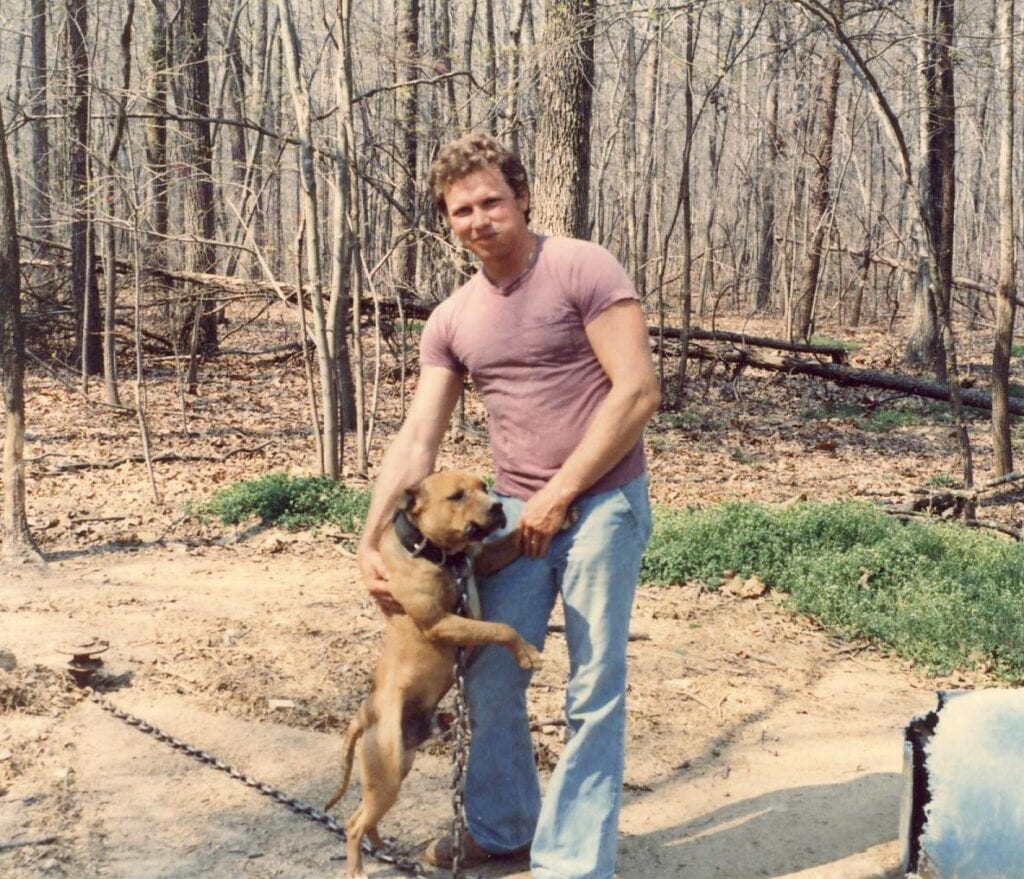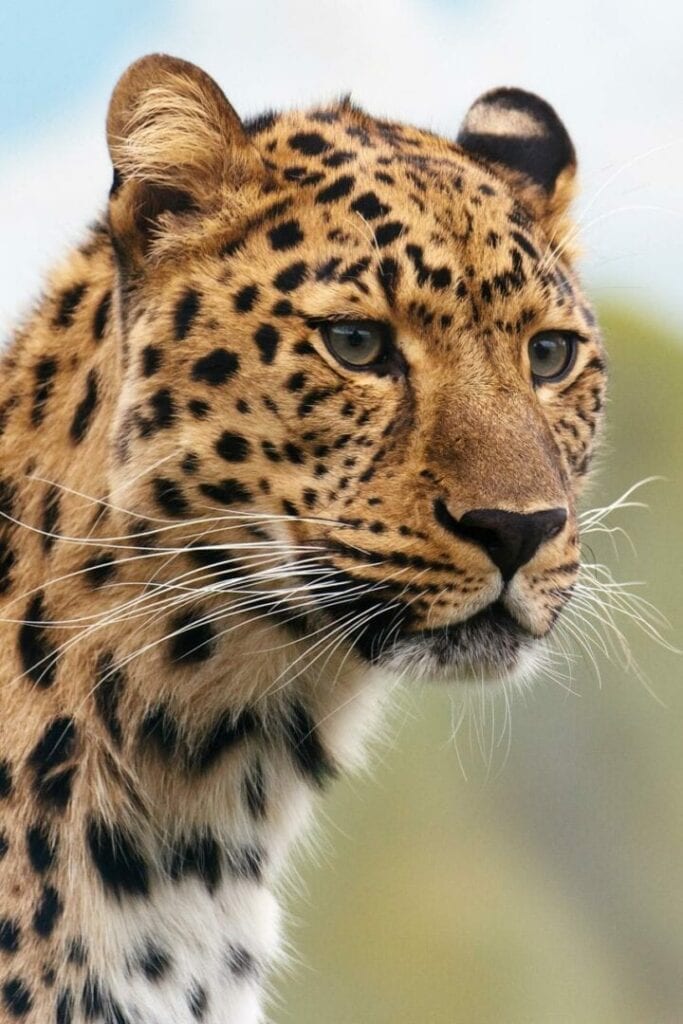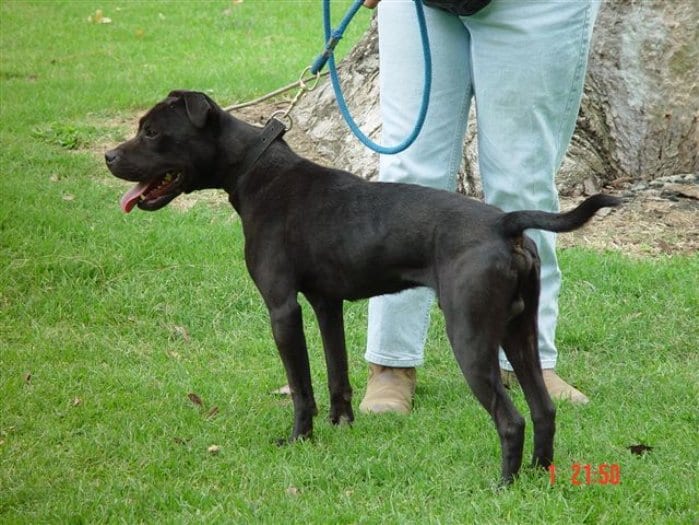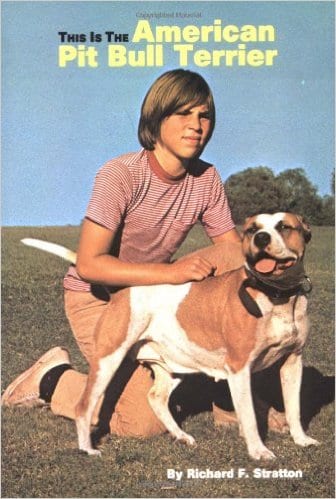Search Posts
Recent Posts
- The Long Goodbye January 18, 2024
- Once More Around the Mulberry Bush January 9, 2024
- The Wash December 28, 2023
- The Truth About Carver Dogs December 1, 2021
- The Question of Pain November 9, 2021
Categories
Subscribe!
Thanks for subscribing! Please check your email for further instructions.
Dogs and Cats

Here, I am not just talking about domestic dogs and cats. Rather, I am including the history of wild dogs and cats in the history of our planet and how it is especially pertinent to Bulldogs. I have always thought that the Bulldog head tended to look more like that of one of the large cats than other dogs. In fact, I remember my father describing the appearance of one of the first Bulldogs he had seen, making the comment, “He had a head like a lion!†It is my intention here to explain that.

The large cats are especially impressive to us. They have large powerful heads, and many of them can bring down prey much larger than them. The problem is defending the prey, once they have killed it. Hyenas and wild dogs often steal prey from cheetahs after the animal has made its kill. One of the reasons they can do this is from greater numbers, as dogs tend to run in packs. This is a tough situation for a cheetah because, even though it is the fastest animal on Earth, the chase and kill of prey is exhausting.
The mighty leopard gets around this problem by carrying its prey, often bigger than him, way up to the tops of a tree. Lions solve this problem by being social animals, one of the very few cats that isn’t solitary, by staying in large groups, called prides. The females may do the hunting, but the entire pride, including the large males, keep the prey safe from jackals, wild dogs, and hyenas.
Even though the large cats are larger than wolves and jackals, they can’t always compete against large packs of intelligent animals when it comes to keeping their prey. This is a problem for them, and I’ve already mentioned the lion and leopard solution. The large cats in the New World tend to frequent the high ground where there aren’t wolves to worry about. The impressively-built jaguar in Central and South America is capable of defending his prey, and there isn’t the large wolf population there as in the northern areas. There are several dog species as well as cat species, but they occupy different niches. They don’t compete against one another.
Scientific opinion holds that the large cats in developing the powerful head have had to make compromises. They are unable to track game as well as the dogs because their sense of smell is compromised by the shorter heads. All of the canids (wild dogs of the family Canidae) have long snouts as compared to cats to house the olfactory tissue that gives them such great ability to detect the scent of prey, as well as to track them.
This is where the comparison with Bulldogs comes in. Pit dog men joke about most of their dogs not being able to bite through a paper bag—but that is exaggeration! Even the softest biting Bulldogs can bite harder, longer, and more consistently than dogs of other breeds. Some dog men may be skeptical about that. They may have been surprised by other breeds, what they call “cur dogs,†being able to bite pretty hard. But those are exceptions. Besides, a cur dog doesn’t pace himself. He puts everything he has into a flurry, and is ready to pack it in if that doesn’t drive his opponent off.

I have been amused by dog people who know little about pit dogs putting on videos comparing a Rottweiler with a Bulldog. The conclusion was that the Rottweiler, with the superior head, larger teeth, and much larger size, would prevail. Well, so much for theory! The test of the pudding is in the eating—or, in this case, the actual event! Most Rottweiler owners would be surprised at how quickly their dogs would pack it in. Rottweilers have not evolved the pain tolerance that is part of the package with Bulldogs. Besides, even with the smaller head, Bulldogs usually bite harder than Rottweilers. That’s because basic structure isn’t everything; tissue quality counts, too. And Bulldogs are more likely to know how to punish a hold.
Once in a while, an exception comes along in any breed, from German Shepherds to Rottweilers, where the dog really will dig in and fight. Even here, the Bulldog nearly always prevails. Why is that? Am I undermining my entire thesis here? No, it is just that the large powerful head and powerful jaws are not the entire story. The Bulldog is a breed that is the result of at least four hundred years of selective breeding to be the best of canine gladiators. For that reason, the quality of muscle tissue, and other factors that we may be unaware of count, too. And, of course, there is gameness. When cur dogs do have gameness, it is almost never of the quality of the average Bulldog. Whatever gameness they have is not very deep, and it disappears once they get tired or the tide has turned on them.
Of course, Bulldogs don’t all have the cat-like head, but most do. And here, I should mention that the sure sign of a neophyte is one who is so impressed by a large head—and I’m no neophyte! I’ve been around for a long time, and a good part of my life has been taken up in the study of these dogs. The Bulldog head is variable, but if we look at them statistically, their heads are nearly always wider and taller and cat-like, than those of other breeds. But there is a balance to be found. Too large a head is not an asset. Bulldogs have obviously managed to pretty much hit the sweet spot in that regard.
There are a couple of reasons for this phenomenon of a cat-like head. One, of course, is for the hard and sustaining grip that enables a dog to keep a hold for a long time and to sustain it when he punishes his opponent through shaking activity. Another advantage is that it is harder to get a grip on. The Bulldog head is good for offense and defense. No one tried to breed for appearance, but that’s just the way the breed has developed over hundreds of years.
Now, the alert reader may wonder if Bulldogs have an inferior sense of smell to that of other breeds. I wondered about that, too, and after a lifetime of studying the breed and others, too, I am of the opinion that our breed’s sense of smell is about average. After all, Bulldogs used to win national coonhound competitions before they excluded other breeds! To be honest, though, the tests were flawed, in my opinion, and didn’t emphasize a cold nose as much as speed to tree the prey. Certainly, a Bulldog can’t match the scent capabilities of a trail hound or a bird dog, but they are pretty much comparable to other breeds in that respect.
I feel compelled to answer a question that may be asked: Why do dogs chase cats if they are so superior? Well, of course, I am talking of the large predatory cats here. Nevertheless, there has been a long standing war between dogs and cats, as they competed for prey. According to old newspaper accounts of the 19th century, dogs were tried on lions in England when the British started bringing in exotic animals from the colonies. To the surprise of the folk, the Bulldogs prevailed many times. But when a lion came in that was not afraid of the dogs and had some pain tolerance, he made short work of the dog because of his great advantage in size and power. He was so exceptional that he became famous and was even named. The name “Wallace†comes down to us from that dark time, and he was an African lion!
I have always liked cats of all types. Even now, I have a cat. The domestic cat can hardly be compared to the large feline predators—but they are predators! Their prey just happens to consist of mice, lizards, and birds. For that reason, those who study birds, ornithologists, and those who are interested in birds really consider it irresponsible of cat owners to allow their pets outside. That’s because birds are under all kinds of pressure because of habitat destruction and all other kinds of traps that we humans have inadvertently erected. They don’t need any extra pressure on their survival.

Needless to say, my cat is strictly a house cat. We had a house dog once that was a cat-killing machine. She would grab a cat by the skin of the neck, and it would become a blur for mere seconds, as she shook it vigorously, and then, she would drop it and never look back. She didn’t have to. They were always quite dead.
Although the death was violent, it must have been somewhat humane because of the speed of the kill, as it was only a matter of seconds. Even so, we never deliberately allowed it to happen. In fact, the first time it happened, my wife came home in tears. But Belle, our house dog, was crafty, as one of her main goals in life was getting cats, and she knew where they were. On walks, she always looked up in the trees and then down under the cars, but she was always kept on leash. Seeing no cats in sight, one night, we once did let her off lead. She immediately shot up the back of an RV that had a cat perched at the top. The cat must have felt safe because it didn’t move as Belle climbed the vehicle like a squirrel going up a tree. The woman who owned several cats told my wife that one of hers had been hit by a car. I felt bad about that, even though I had complained to neighbors about cats running loose. (I like birds.)
For a place in the city, I have quite a bit of property out back, and there is sort of a no man’s land that is something of a canyon. During our drought, I had to get all the lower limbs trimmed off the fir trees. In any case, there used to be lots of feral cats inhabiting that area that would get birds. Belle put a stop to that. It was never our doing. Neither of us would deliberately let her kill a cat. But she was naturally allowed out back on occasion, and she had the vision of an eagle. She could spot cats that we didn’t see. Curiously, the cats merely hunkered down, rather than run, as Belle closed in on them like a guided missile. Their lives were snuffed out as quickly as candles.
Most people would think of Belle as a mean dog, but she was the sweetest dog of all time. We had two cats ourselves then, and they had a strange immunity to her deadly mission. They would sleep with her on the floor. My wife once commented, “Look at the cat.†Apparently, one was doing something cute. Belle jumped up, on full alert, looking around. Cat? Cat? She was completely oblivious to those at her feet! They were her buddies, and she apparently didn’t consider them to be cats.
As so often happens, I have digressed from my main theme here, which is about the Bulldog head resembling that of the larger cats, such as the Jaguar or mountain lion. However, I feel compelled to mention that not all Bulldogs are cat killers, even if they aren’t raised with them. I have had and seen many that were only interested in other dogs, as these were individuals that had little prey drive. We have to remember that the breed has also been used as hunting dogs and catch dogs, so a fairly large percentage of them are going to be aggressive toward other animals. But there are most definitely exceptions, as I can remember more than one pit champion that was actually friendly with cats.
Although there are some homely Bulldogs, many of them have the head and grace of a panther or leopard. And that strikes me as more than coincidence. There is scientific evidence that a lion-like head has superior biting power, and other things being equal, that is a good trait for a canine gladiator. For that reason, it is only natural to think that a breed bred for that activity over countless generation would develop that type of head.
https://waterfallmagazine.com
bookmarked!!, I like your blog!